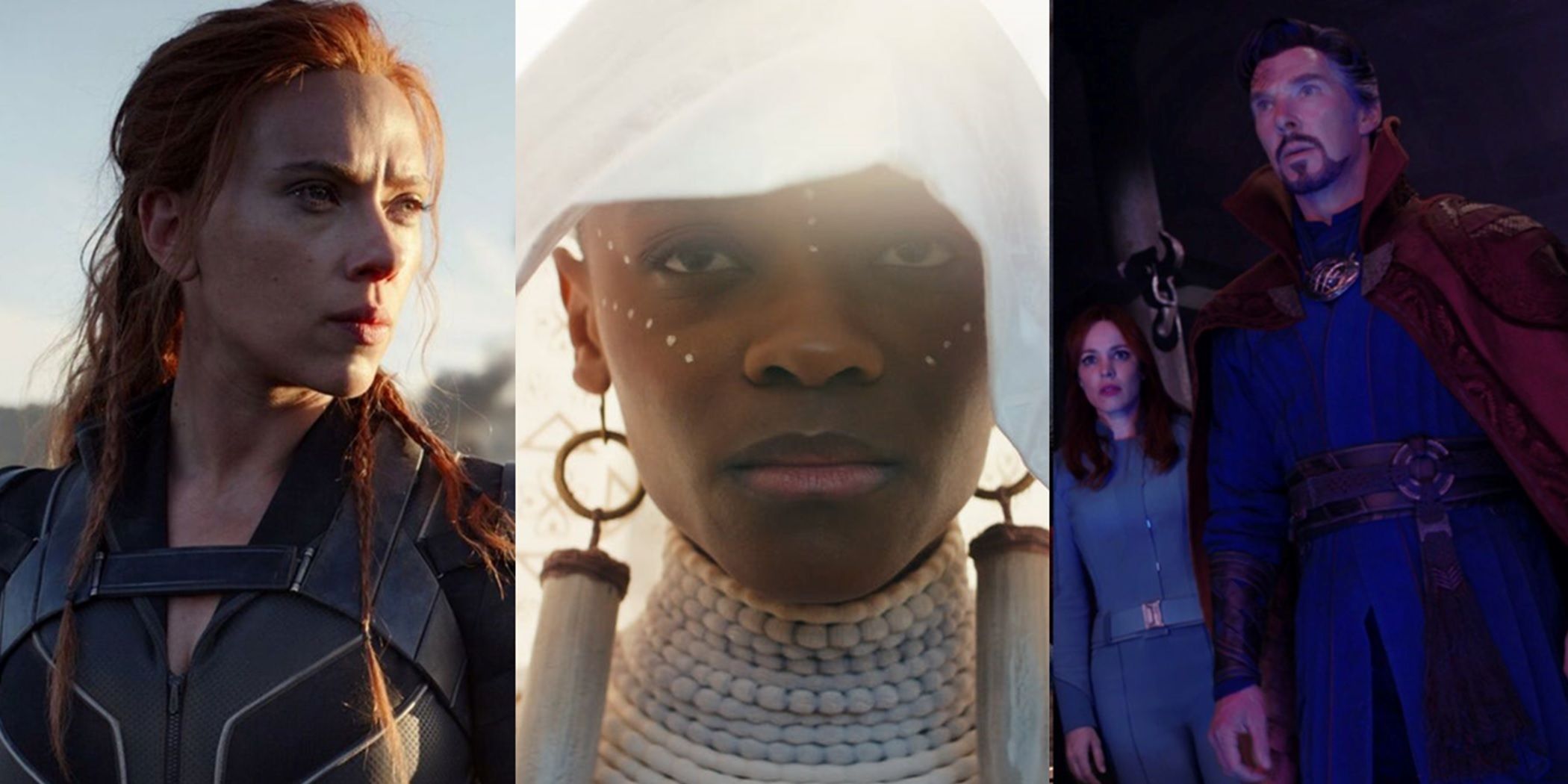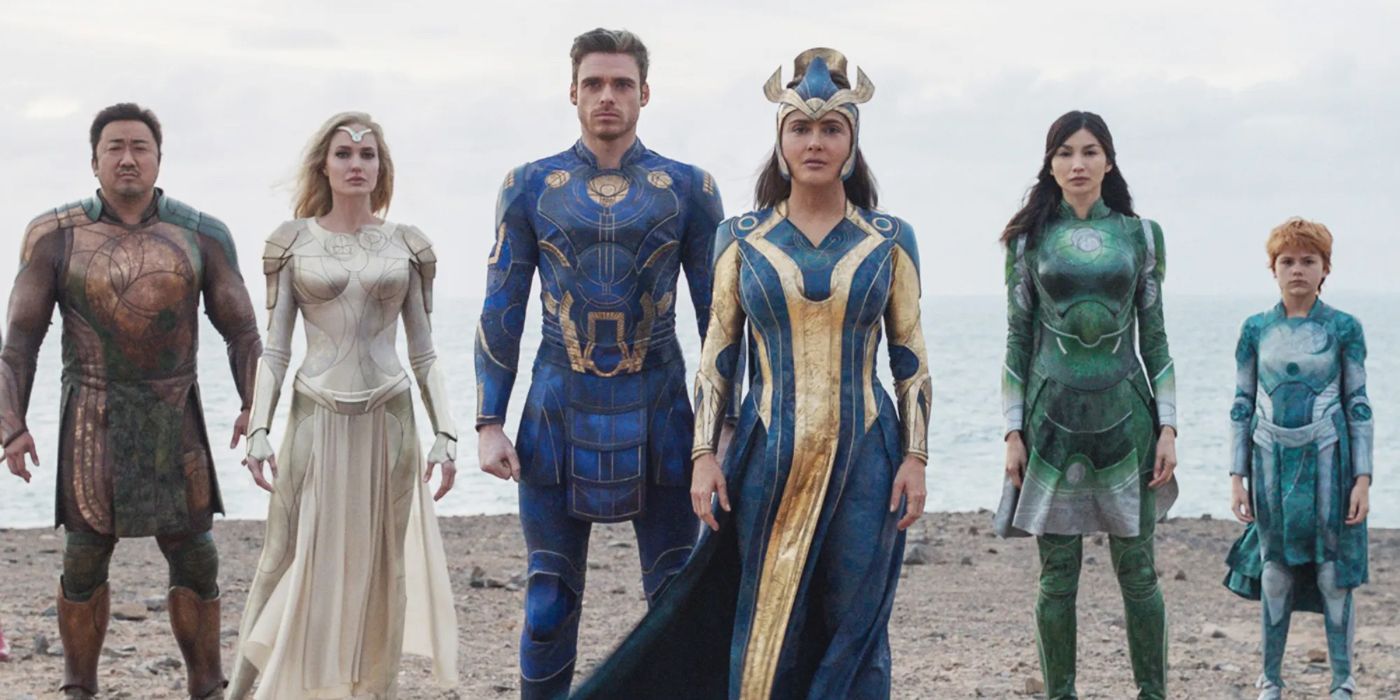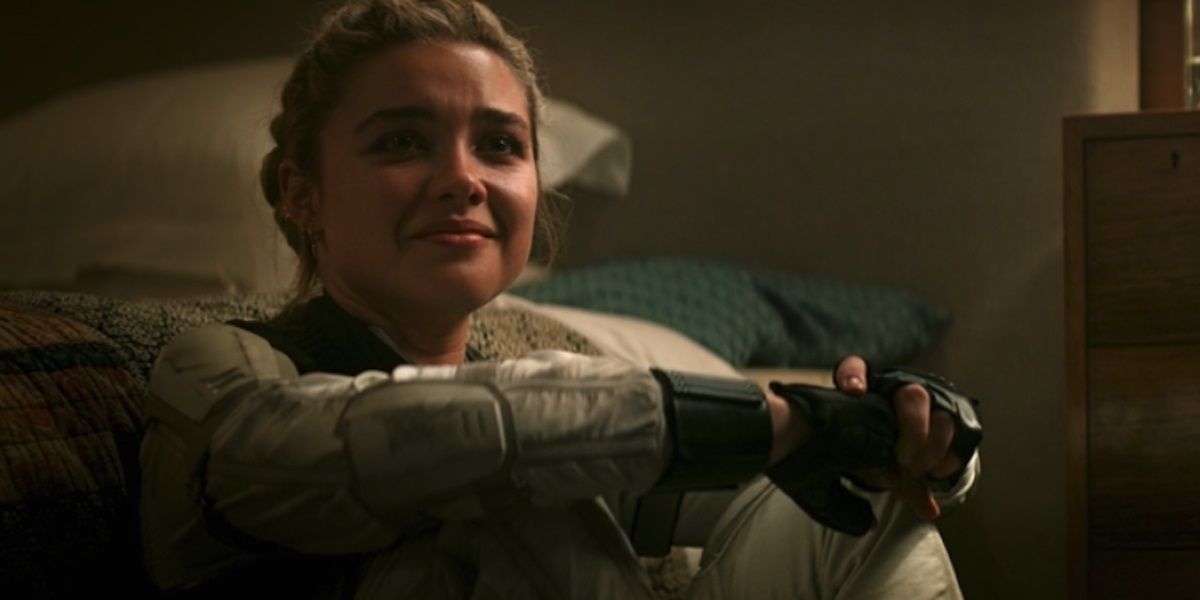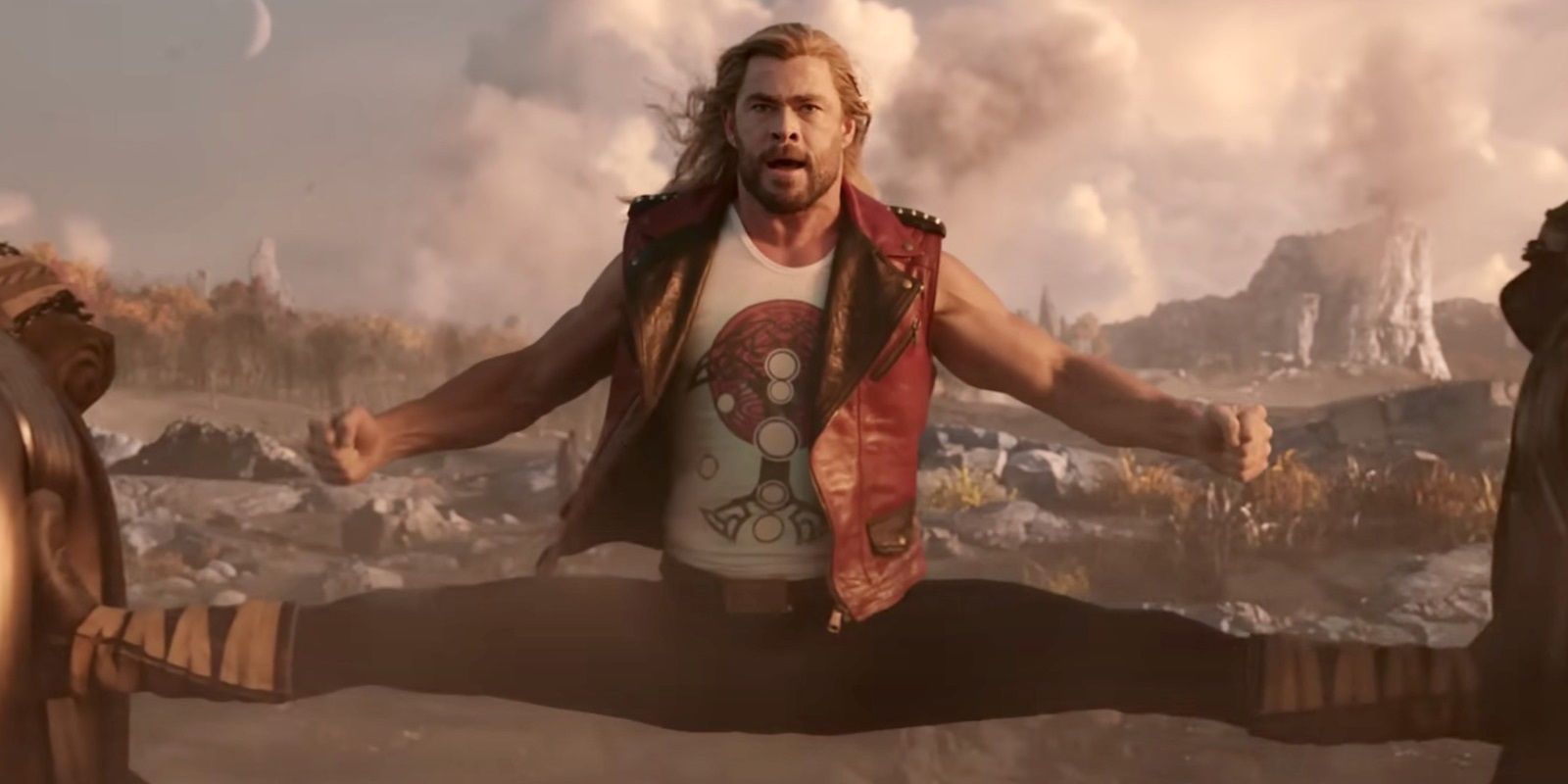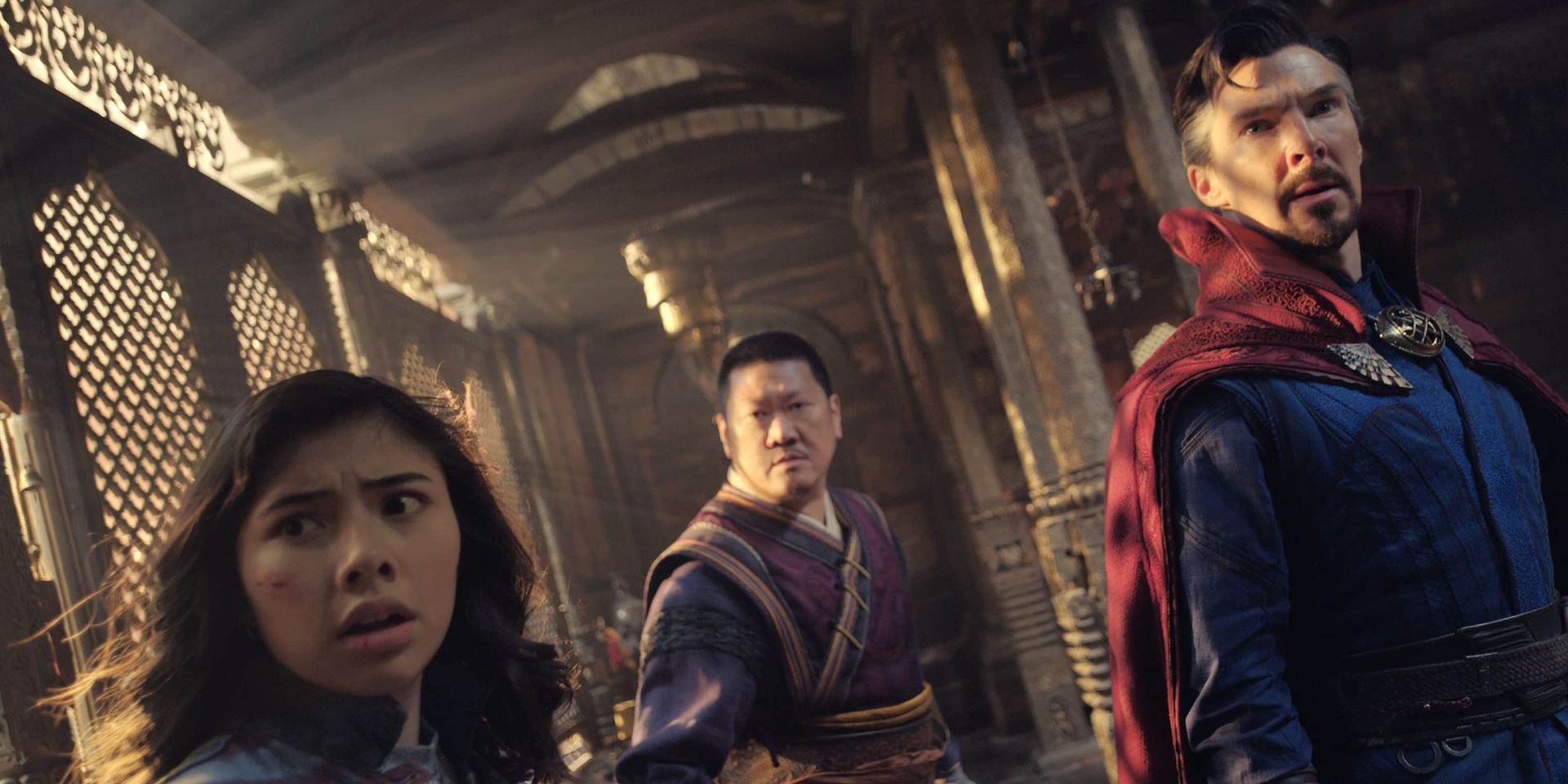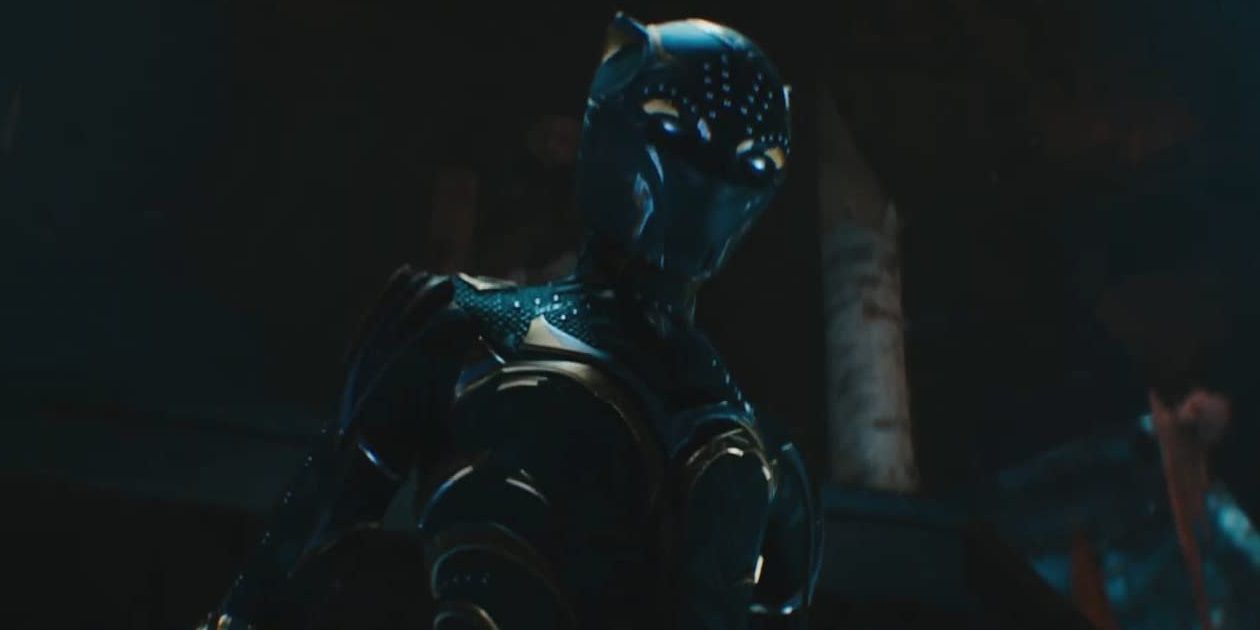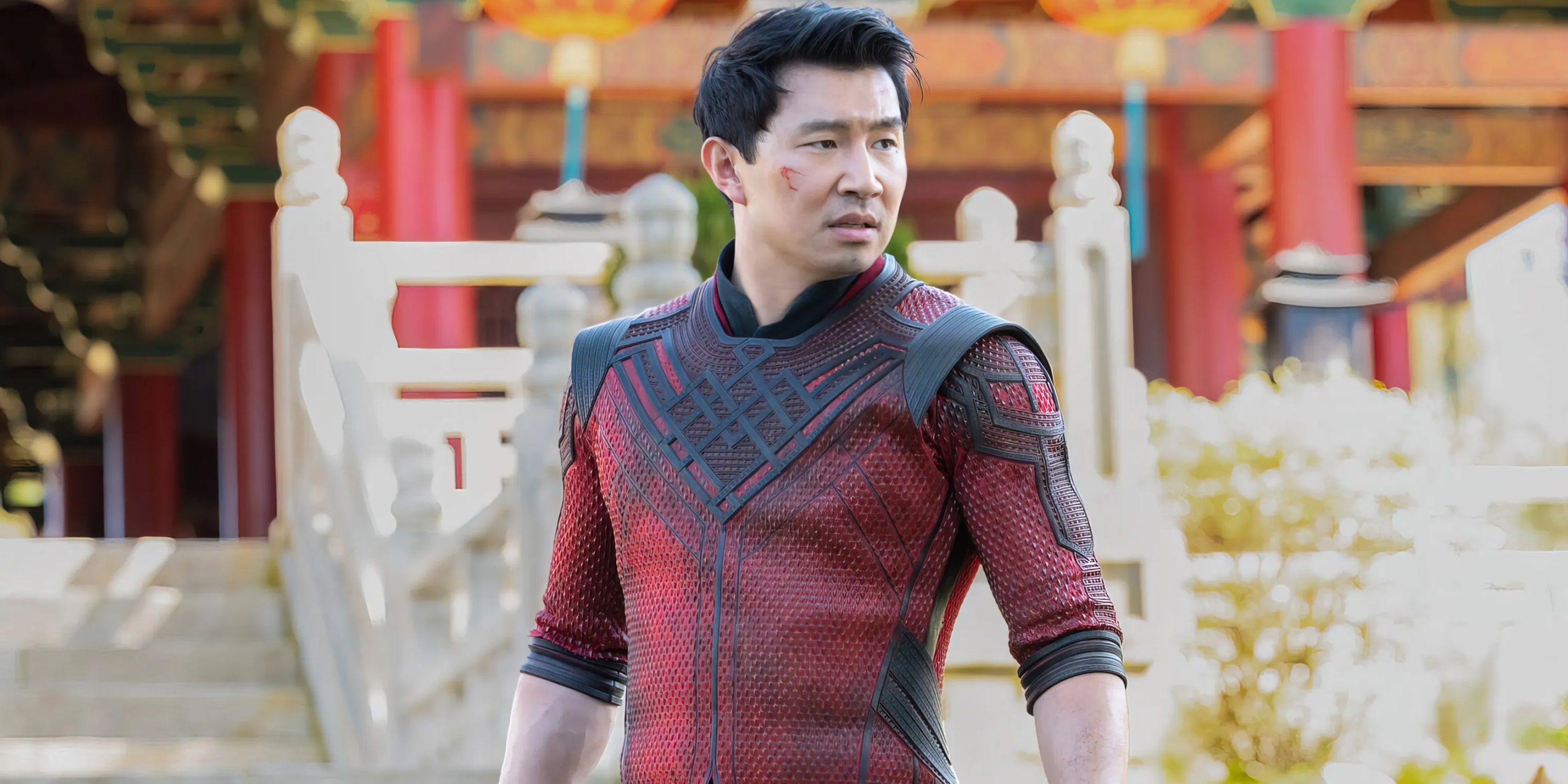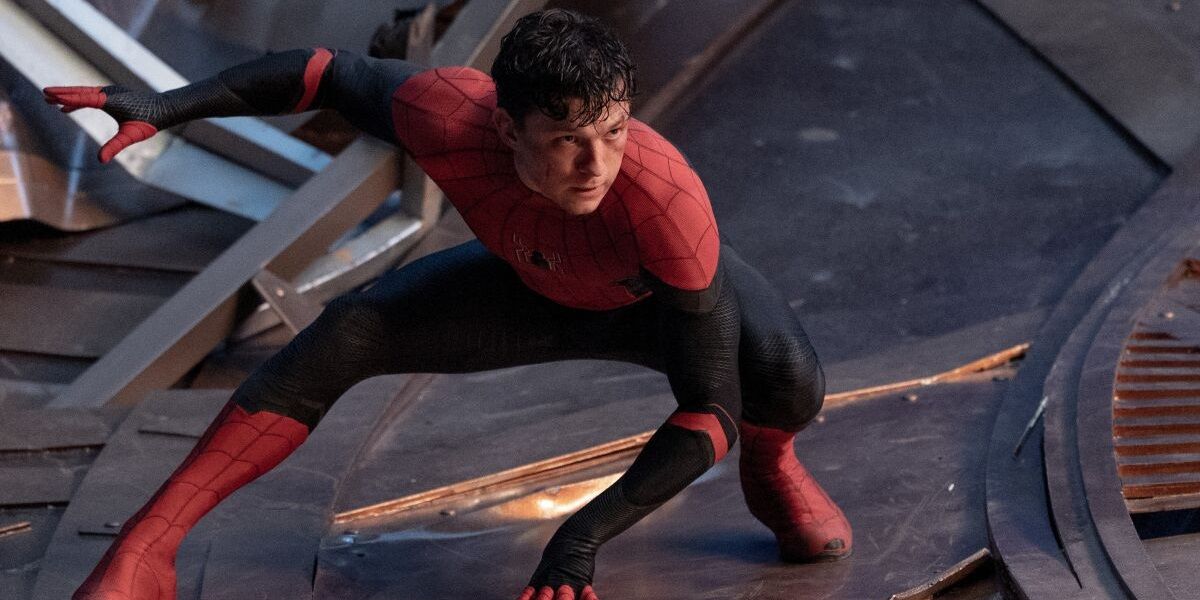Continuing the Marvel Cinematic Universe after the immense sense of closure in Avengers: Endgame was always going to be a difficult challenge. The MCU’s post-Endgame Phase Four movies have been a mixed bag. Some of them have been mediocre superhero movies, like Black Widow and Eternals, whereas others have evolved the Marvel formula and topped what came before, like Spider-Man: No Way Home and Shang-Chi and the Legend of the Ten Rings.
Phase Four’s most polarizing movies, like Doctor Strange in the Multiverse of Madness, exemplifies the best and worst of the MCU model. The universe-hopping sequel has plenty of eye-popping action, but it also has plenty of dull exposition.
Updated on November 17th, 2022: The MCU’s Phase Four has reached its conclusion with the release of Black Panther: Wakanda Forever, a fitting final chapter in the latest batch of Marvel movies. Considering its runtime clocks in at nearly three hours, Wakanda Forever is surprisingly rewatchable. Ryan Coogler packed his sequel – a moving tribute to the late, great Chadwick Boseman – with details for audiences to catch on their third or fourth viewing. But how does Wakanda Forever’s rewatchability rank against the rest of Phase Four’s feature-length offerings?
Eternals (2021)
Easily the least rewatchable movie in Phase Four – and possibly in the entire MCU – is Eternals. With a bloated runtime and a dearth of both action set-pieces and character development, Eternals is a drag on the first viewing alone. With 10 major heroes, Eternals juggles too many characters and develops too few of them into memorable protagonists worth revisiting. There are a couple of saving graces as always, like Kingo’s hilarious back-and-forth with his valet and Gemma Chan’s sympathetic lead performance as Sersi, but on the whole, Eternals is a daring experiment that didn’t quite pan out.
The movie is visually stunning, since Oscar winner Chloé Zhao chose real shooting locations over bluescreen-laden studio backlots and utilized as much natural light as possible. But it doesn’t have an engaging plot or a compelling cast of characters to back up those glorious visuals. Bringing an arthouse sensibility to a Marvel movie was an interesting idea in theory, but the end result ended up pleasing neither arthouse fans nor Marvel fans.
Black Widow (2021)
After waiting a decade for her own movie, Natasha Romanoff had to then wait out a global pandemic before her first MCU solo outing finally reached audiences. The Black Widow movie promised to be a grounded spy thriller in the vein of the Bourne films, marking a refreshing change of pace from Marvel’s usual large-scale actioners, but its biggest weakness ended up being its formulaic approach. There are a couple of grounded Bourne-style sequences, like the motorcycle chase, but the movie culminates in yet another dodgy CG-ridden battle royale with things falling out of the sky.
The plot of Black Widow is too complicated for its own good, and the Taskmaster reveal doesn’t land because the movie fails to effectively set up the mystery villain under the mask. Still, Scarlett Johansson is endlessly watchable as Nat, and she shares terrific chemistry with Florence Pugh in the film’s passing-of-the-torch narrative. Plus, the movie has a fantastic opening scene with a young Nat living in the American suburbs with a family of Soviet plants and having to flee the country urgently.
Thor: Love And Thunder (2022)
Earlier this year, Taika Waititi returned to the Marvel Cinematic Universe with Thor: Love and Thunder. Unfortunately, Waititi’s second MCU outing is nowhere near as great as his first. While his first Marvel movie, Thor: Ragnarok, never gets old, Love and Thunder is so disjointed and tonally unbalanced that it only holds up to a couple of watches. On every repeat viewing of Love and Thunder, the movie’s flaws become more and more obvious. Korg has too much screen time, promoted from comic relief to narrator, and everybody else – from Valkyrie to the Guardians of the Galaxy – has too little screen time to enjoy a tangible character arc that provides any substantial development.
The tone of Love and Thunder is all over the place. Serious story threads like Jane Foster’s battle with cancer and Gorr the God Butcher’s reign of terror are out of place next to silly gags like screaming space goats and a cartoonish portrayal of Zeus. The movie has a nice, brisk runtime, clocking in at around two hours, but as a result, many of its characters and plotlines feel undercooked. Still, the emotionally resonant final scene – in which Thor finds a new life purpose by becoming a father – ends the movie on a high note.
Doctor Strange In The Multiverse Of Madness (2022)
Sam Raimi’s Doctor Strange sequel certainly lives up to its title – and its director’s legendary reputation. A Raimi movie from top to bottom (equal parts camp and terrifying), Multiverse of Madness takes audiences to a world with a real-life Illuminati, a world where everything is made of paint, and a world where an evil version of Strange himself caused a devastating event that destroyed the universe. With a nice, lean two-hour runtime, the sorcerer’s second solo movie doesn’t waste a single moment (except the scene with the infamous ice cream song).
There’s plenty of action in Multiverse of Madness, but there’s also a lot of exposition. Once viewers are familiar with concepts like incursions and dream-walking, it gets a little boring to watch the expository characters explain them over and over again. But after that exposition is out of the way, Multiverse of Madness goes full Evil Dead with a zombified Strange flying on wings made from the tamed souls of the damned to battle a witch using the demonic power of a cursed book.
Black Panther: Wakanda Forever (2022)
The last movie in Phase Four, Black Panther: Wakanda Forever, is also the longest. And not only that; at a whopping 161 minutes, it’s the longest MCU movie since the notorious three-hour runtime of Avengers: Endgame. But Wakanda Forever has a lot to get through. It introduces Riri Williams into the MCU’s ensemble, establishes an entire underwater nation, pits that nation against Wakanda at its most geopolitically vulnerable, and most importantly, it deals with the tragic loss of its beloved star. Suffice it to say, Wakanda Forever has plenty going on, so audiences are captivated from beginning to end – both by the comic book spectacle and by the touching tributes to Chadwick Boseman.
There are some slow sequences, like any time Shuri is developing high-tech gadgets in her fortified lab, and it all culminates in a standard CG-heavy final battle aboard a capsized Wakandan ship. But, for the most part, the sequel is a riveting superhero adventure. Action scenes like the Ironheart car chase and the invasion of Wakanda are edge-of-the-seat exciting, and the scenes that aren’t thrilling set pieces are deeply moving character beats. Time will tell how rewatchable Wakanda Forever is, but the movie has already held up against an incredibly high level of scrutiny.
Shang-Chi And The Legend Of The Ten Rings (2021)
Destin Daniel Cretton’s dazzling, delightfully entertaining Shang-Chi and the Legend of the Ten Rings is a lot of different movies rolled into one: it’s a martial arts action movie, a buddy comedy, a VFX-filled fantasy adventure, and an intimate family drama about love and grief. Simu Liu gives a quintessential Marvel superhero performance in the title role; he’s hilarious, charming, deeply moving, and easy to root for.
Shang-Chi exhibits a lot of the familiar hallmarks of Marvel origin movies – primarily a “chosen one” hero with impostor syndrome and daddy issues – but its nonlinear structure keeps the action coming and makes the archetypal storytelling feel surprisingly fresh.
Spider-Man: No Way Home (2021)
By far the most rewatchable movie in Phase Four is Spider-Man: No Way Home. Jon Watts’ threequel managed to pull off its ambitious franchise crossover by focusing on the culmination of Tom Holland’s MCU journey as Peter Parker. No Way Home brings in two familiar Spider-Men and five of their villains, but they’re all there to serve Holland’s ongoing arc. Above all, No Way Home is a lot of movie. It starts off with Peter’s secret identity being revealed to the world, Doctor Strange rips open the spacetime continuum at the end of the first act, and by the time the final battle rolls around, Holland’s Spidey has teamed up with Tobey Maguire and Andrew Garfield.
There isn’t a single dull moment in this fast-paced, fun-filled, emotionally captivating comic book adventure. Not only is it a goldmine of superhero fan service; No Way Home is one of the ultimate Peter Parker stories. There’s no limit to the number of times a Spider-Man fan can enjoy this movie – it never gets old.

